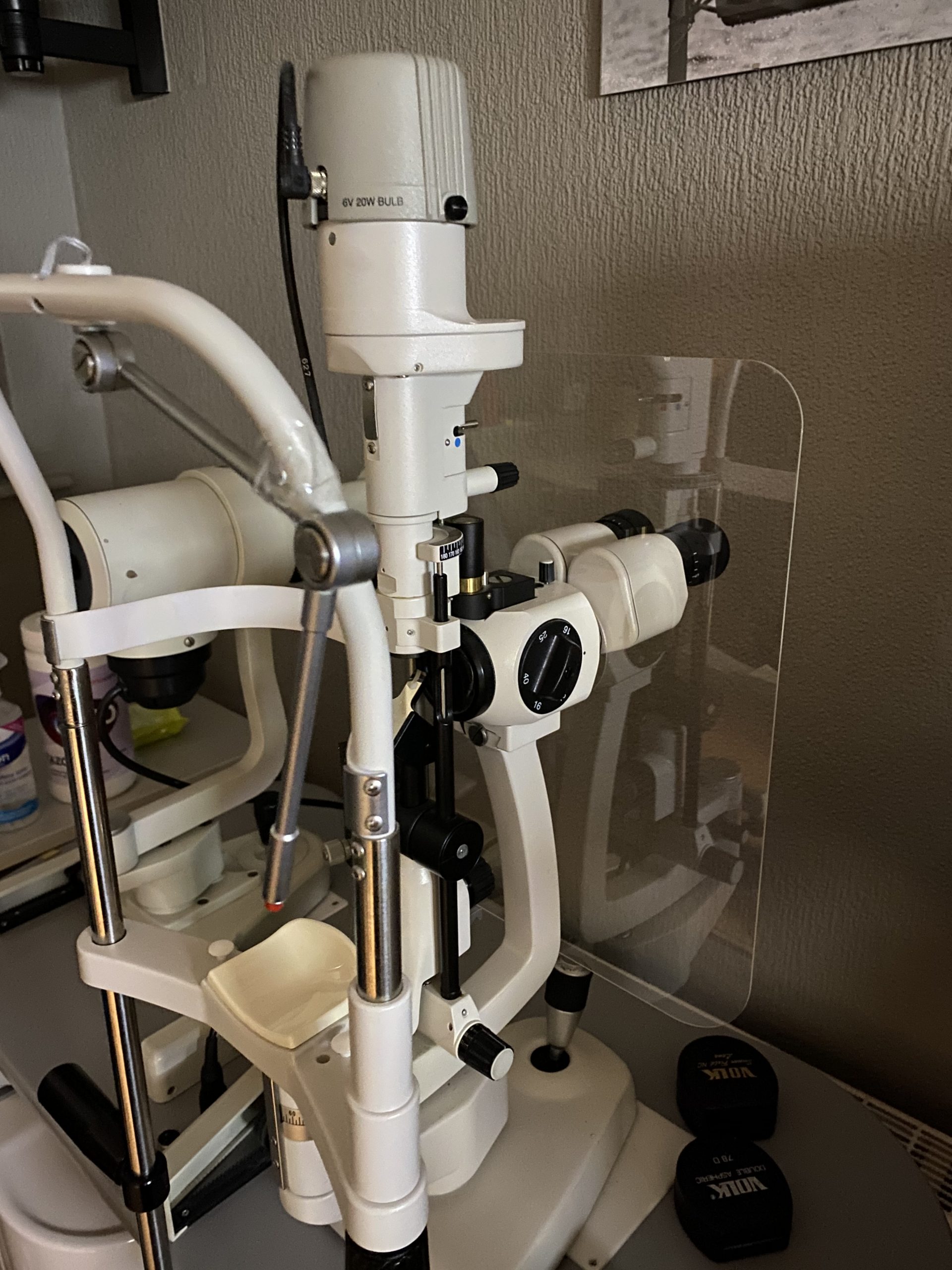What is Glaucoma
Glaucoma is the name given to a group of eye conditions in which the optic nerve is damaged where it leaves the eye. Although any vision which has been lost to glaucoma cannot be recovered, with early diagnosis, careful monitoring and regular use of the treatments, further damage to vision can be reduced and most patients retain useful sight for life. While there are usually no warning signs, regular eye tests will help detect the onset of the disease. OCT scanning can be particularly useful here allowing detection significantly earlier than by more conventional methods.
Glaucoma is one of the world’s leading causes of blindness. In the UK, about two per cent of the population over 40 have the condition. Glaucoma involves loss of vision due to damage to the optic nerve. The optic nerve carries sight images to the brain and any damage to the nerve results in damage to sight.
How does glaucoma affect your vision? For the eye to work properly a certain level of pressure is needed for the eye to keep its shape but if the eye pressure gets too high, it squeezes the optic nerve and kills some of the nerve fibres, which leads to sight loss. The first areas to be affected are the off centre parts of the vision – this is why sufferers may not be aware of the loss themselves. If the glaucoma is left untreated, the damage can progress to tunnel vision and eventual loss of central vision, although blindness is rare. Glaucoma is usually picked up during a routine eye test, often before it causes any noticeable symptoms. Other tests are usually needed afterwards to diagnose and monitor the condition. It’s important to have regular eye tests so problems such as glaucoma can be diagnosed and treated as early as possible. Early treatment can help stop vision becoming severely affected. You should have an eye test at least every 2 years. If you’re at a higher risk of glaucoma – for example, if you have a close relative with it – you may be advised to have more frequent tests.
How do we detect glaucoma? Tonometry
Tonometry measures the pressure within the eye. One of the main risk factors for glaucoma is high eye pressure and the best known treatment for glaucoma is lowering the eye pressure. Therefore the accurate measurement of the eye pressure (tonometry) is essential.
Internal eye examination
Ophthalmoscopy or Volk examination is used to look at the back or the eye. The optic nerves will be looked at for signs of glaucoma related nerve cell loss. The appearance of the optic nerve can be documented with a drawing or a photo. This is so any worsening of the nerve appearance can be detected in the future.
Visual Field Test
Glaucoma initially causes peripheral vision loss that the patient does not notice. This vision loss can be detected with a visual field test. It involves testing each eye separately with an automated machine that flashes a series of small lights in the periphery to which the patient reacts by pressing a button. The test takes around 3-6 minutes per eye.
OCT Scanning
OCT scans measure the thickness of the nerve fibre layer within the retina. They provide an additional piece of information which in conjunction with other tests; can lead to earlier detection of the disease. With thanks to Moorfields Eye Hospital and Glaucoma Australia. https://www.moorfields.nhs.uk/condition/ glaucoma https://www.glaucoma.org.au/detectiontreatment-andcare/detection/

